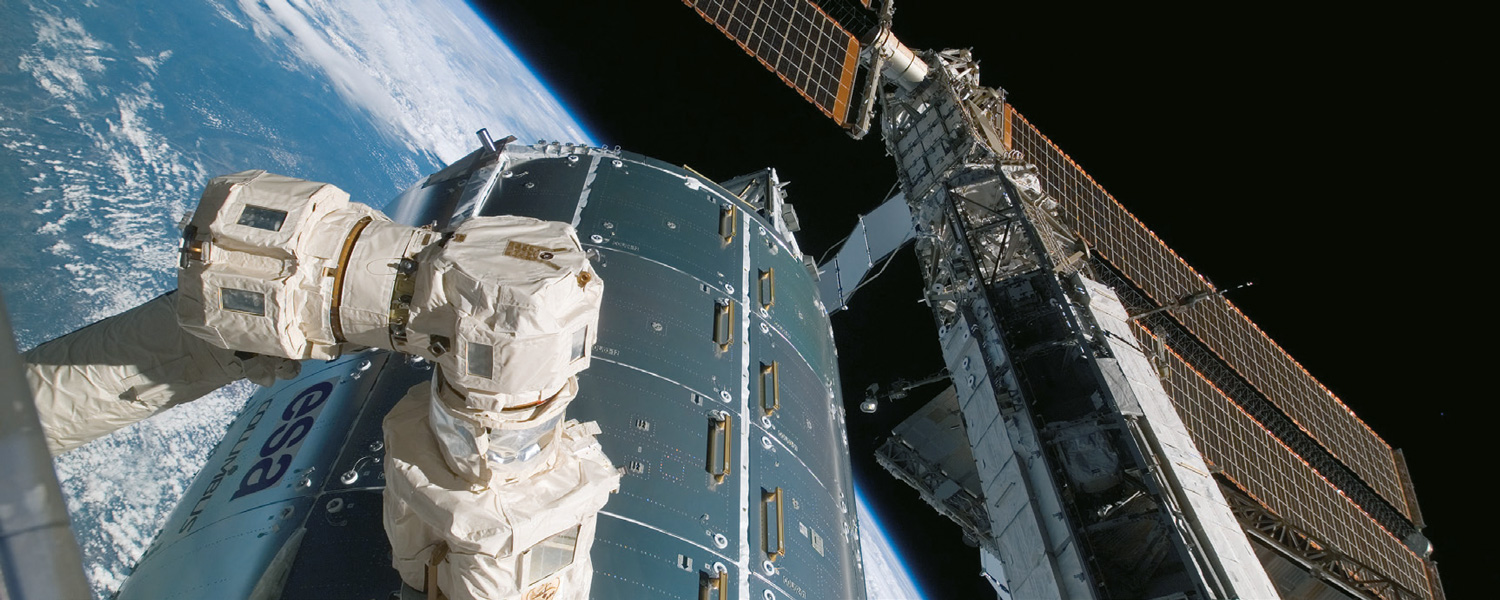Manufacturing small satellites faster and more cheaply

Together with project partners, Fraunhofer EMI is investigating how small satellites can be manufactured more cost-effectively and more quickly. The focus is on innovative materials, manufacturing processes and coating methods, concepts for production-ready manufacturing processes and automated qualification tests.



















